If you live somewhere with a seasonal climate, then you probably already know that driving in the winter can be a different kettle of fish to any other time of year. And unsurprisingly, it is hardly the easiest time of year to get behind the wheel.
Inclement weather, a lack of daylight hours and, perhaps the most perilous, a lack of grip on the road can make many motorists dread the onset of the winter and everything that comes with it.
In one sense, those drivers are quite right to feel a little trepidation when the winter comes on. It is indeed the most dangerous season in which to drive. There are all the obvious reasons for that, but the way to do something about it and ensure that you are driving safely at this time of year, for many can be a little more complex.
This is partly because making winter driving safe is the responsibility of several different authorities, from those responsible for maintaining the road to the guy setting down the car park gritting salt for businesses, and from car manufacturers and designers to, of course, the drivers themselves. Road accidents happen a lot in winter and doing something about that really needs to be a collective effort.
If you are a motorist, it all comes down to doing two different things. Firstly, you should actually prepare your vehicle for the winter months and do what you can to avoid all the winter-specific problems that can lead to an increased risk of accident.
The other thing to do is to get into a totally different driving state of mind and to adjust your driving in order to take extra precautions in the winter when the roads are more slippery and the potential hazards are far more numerous.
To put it another way, we can divide winter driving advice into car preparation tips and winter driving tips. It is worth covering both, as that is the only way of truly being ready for what the winter can throw at you when you are out on the road.
Hazards of the Wintertime
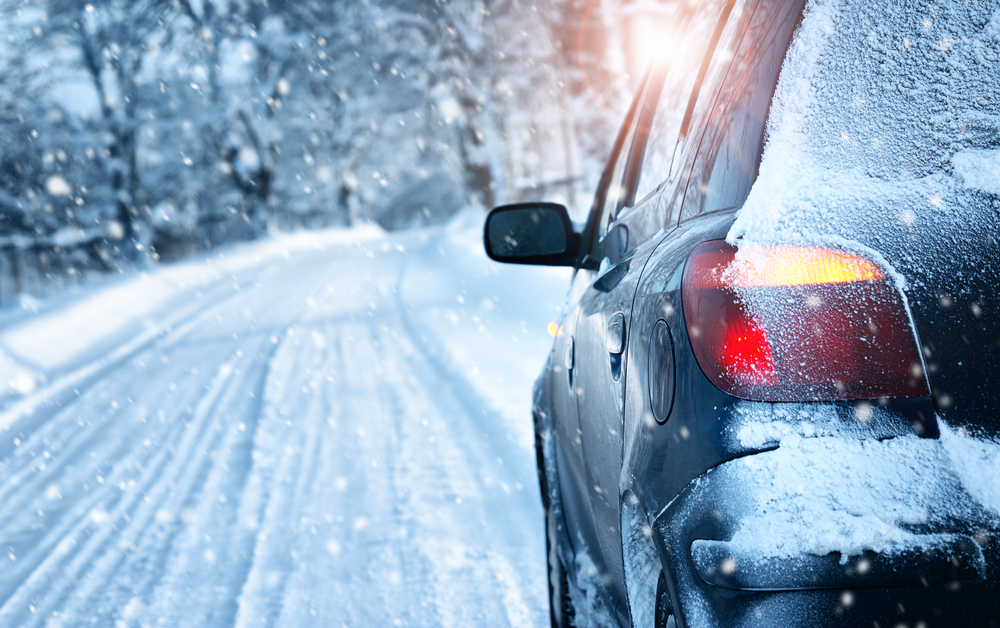
Before doing that though, it is wise to know precisely what you are up against. There are several driving challenges specific to the winter. Most of us know the more well-known ones, but a few might not be entirely familiar to everyone, especially if you are ever caught off guard by a winter that is unusually severe.
So, what are these hazards? Here are a few:
Ice on the Road
You probably know about this, but it can take many different forms. For example, roads can be icy just after snowfall – when it becomes compressed under tyres – or it can be the result of water freezing after it has landed on the road. In the latter case, you could be looking at black ice, which is so-called because roads are black and it’s nigh impossible to see, especially at night.
Low Tyre Pressure
A little-known effect of the cold is that it can reduce air pressure in your tyres. Pressure is dependent on temperature, and it increases in direct proportion with it. Thus, when the temperature drops, so does tyre pressure. This can be a problem because it compromises grip, increases the likelihood of vehicle damage from shocks, and is a doubly dangerous when combined with already poor and slippery roads.
Battery Failure
As a general rule, batteries do not really react well to either high or low temperature. In the latter case, a battery can fail you in low temperatures when it is nowhere close to running out. If this happens at an inopportune moment, you could be in for an extremely hazardous situation indeed.
Salt on The Road
Grit salt on the road is a necessity and is put down to protect drivers. However, it is a corrosive substance and, when mixed with water, creates a dangerous combination for all your car’s metals parts. Moreover, if your wheels are churning it up and throwing it onto the underside of the car, you could experience the unexpected failure of some vital component.
Preparing Your Car for Winter
So, that is an outline of some of the hazards you might have to face when driving in the winter. Before getting on to how to alter your driving to be safer in winter, it is important to know what you should be doing to your car ahead of the colder months.
Check Your Lights and Brakes
These are the devices which will aid you with many winter problems, including things like black ice and slippery roads. One thing you certainly do not want is compromised lights when you already have poor visibility, or compromised brakes when the roads are already causing your car to slide around like a figure skater. Go for an MOT, or simply check that these are in working order at the end of autumn.
Check Your Fluids
That means the oil, the engine coolant, and the water supplies. Some of these might not freeze in colder weather, but their effectiveness can be compromised which, in turn, will lead to engine failure. Anti-freeze is worth investing in here, and you can add it to your car’s fluids supply to give you the best chance.
Warm Up
Specifically, this means ensuring that the temperature inside the car can be kept warm enough for you to drive in comfort. What you certainly don’t want is your hands seizing up and to be extremely cold when driving. Driving in winter requires extra care, and you want to make sure you are not distracted by being, well, bloody freezing.
Driving Tips for Winter
That then is how you get your car ready. The next thing is to learn how to drive in the winter. Here follows some tips:
Increase the Distance
Elementary driving advice is, as you will know, to always keep your distance from the car in front of you. In the winter, this becomes even more important because you might take longer to come to a halt if you need to slam on the brakes. Accordingly, keeping even more of a distance is much advised.
Drive Slower
You might have heard the advice of keeping the speed down when the rain comes on and you are driving on the motorway. No matter how good your tyre’s grip is, this is solid advice, and it applies to all winter roads – even when it’s dry.
Take Corners Wide and Slow
Coming round corners at speed is also much more perilous in the winter, and for the same reason as just mentioned. You should always take care also to take the corners wide, in order to boost your visibility and avoid having to make a quick manoeuvre, which could mean skidding out of control in the wintertime.
Driving in winter is harder and more dangerous. There is no getting away from the fact. Furthermore, seeing as the upkeep and quality of the roads is largely out your hands as a mere motorist, you should do what you can to prepare your car, and yourself, for driving at this time of year.

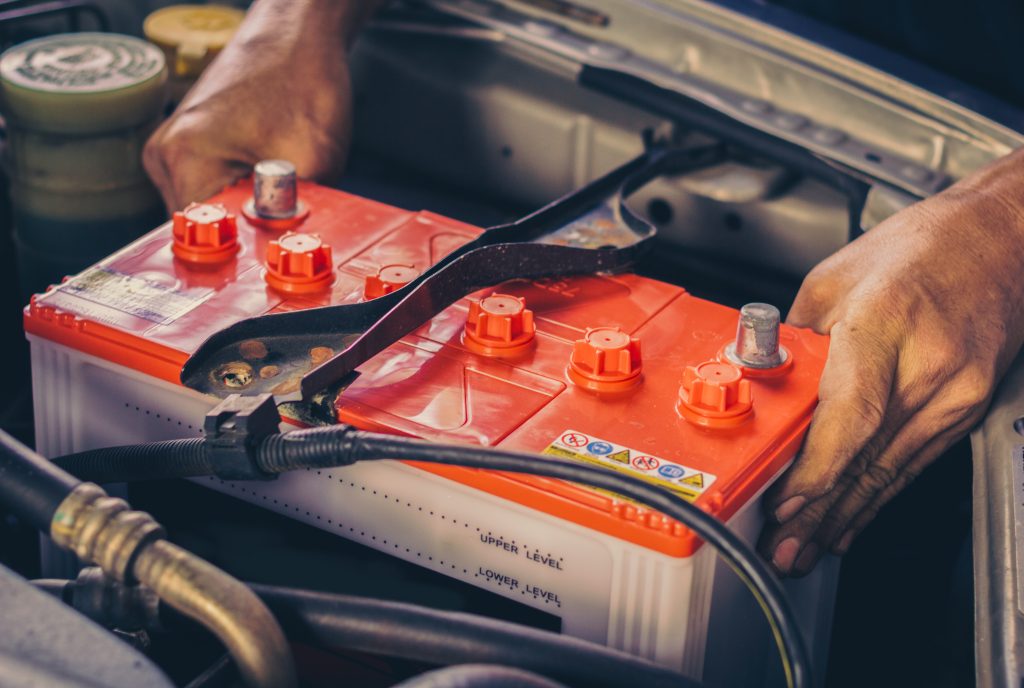
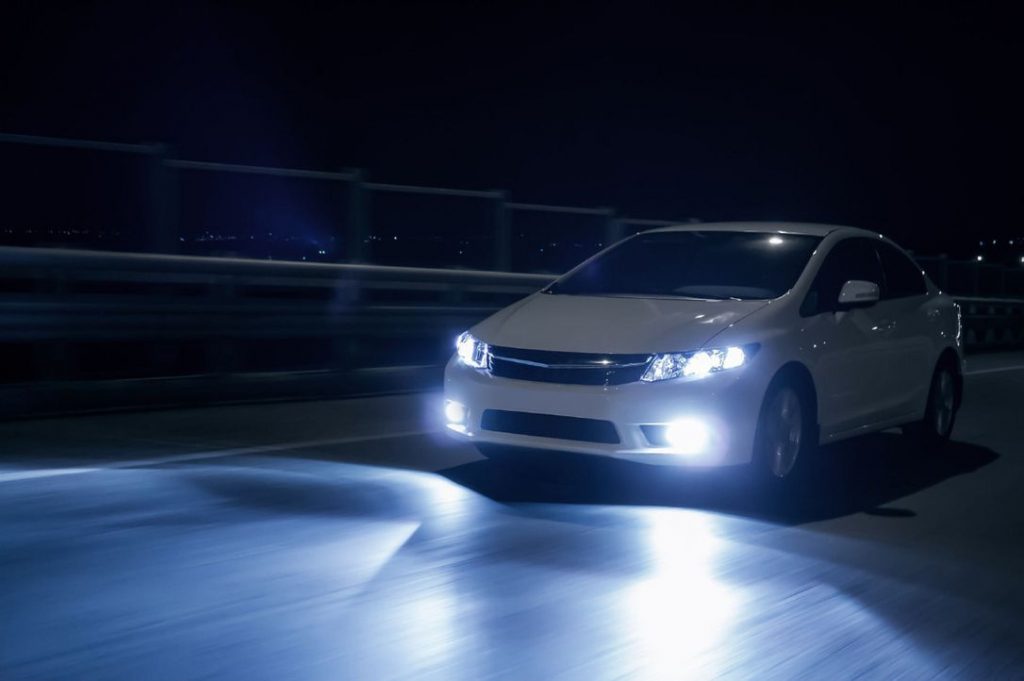
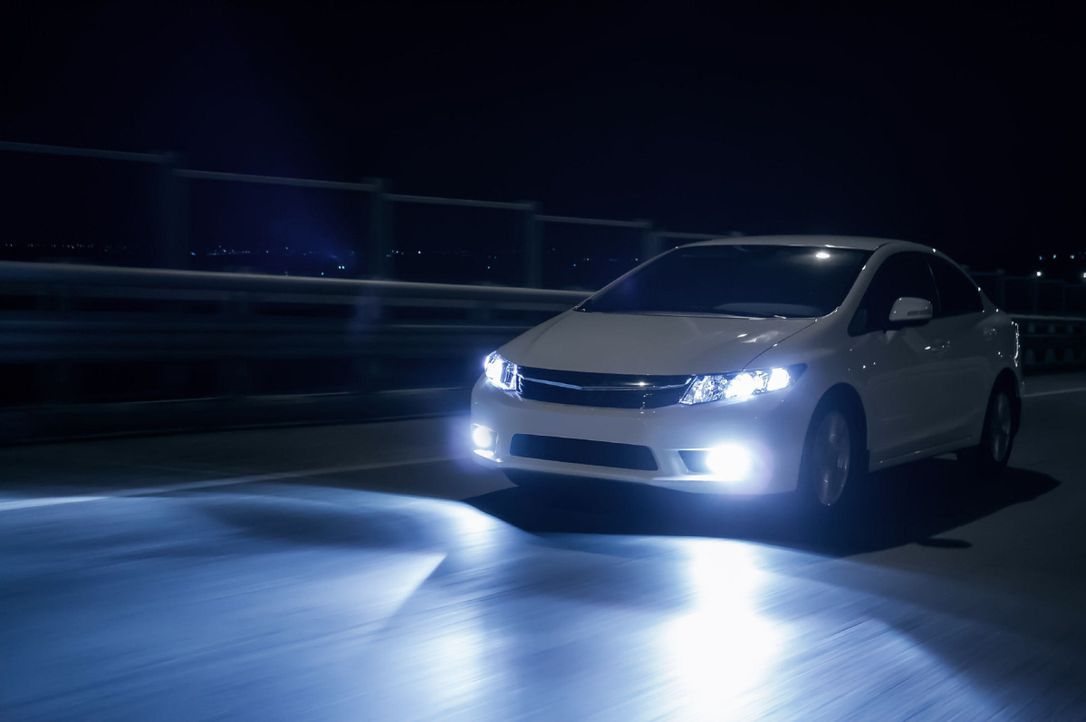
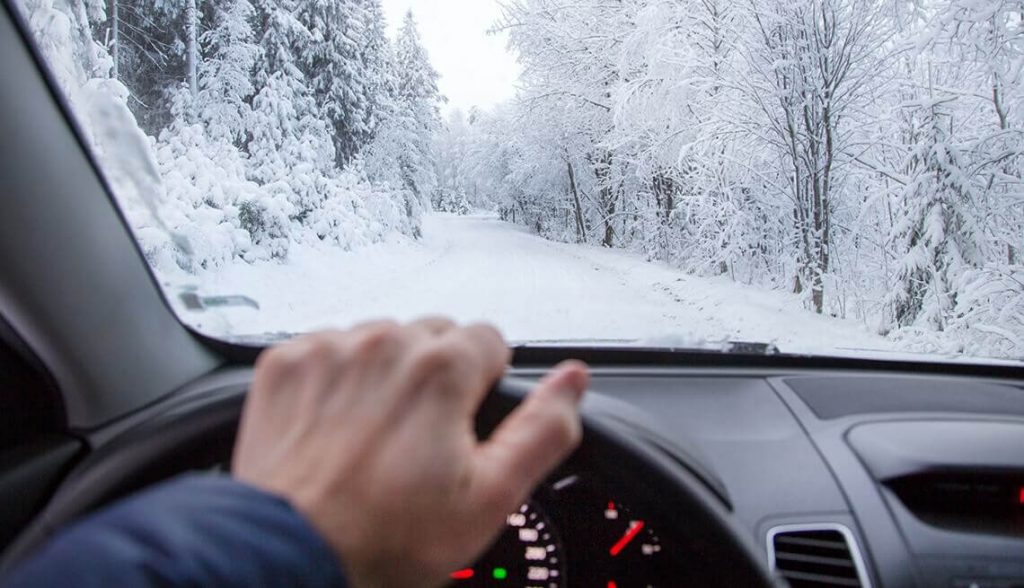
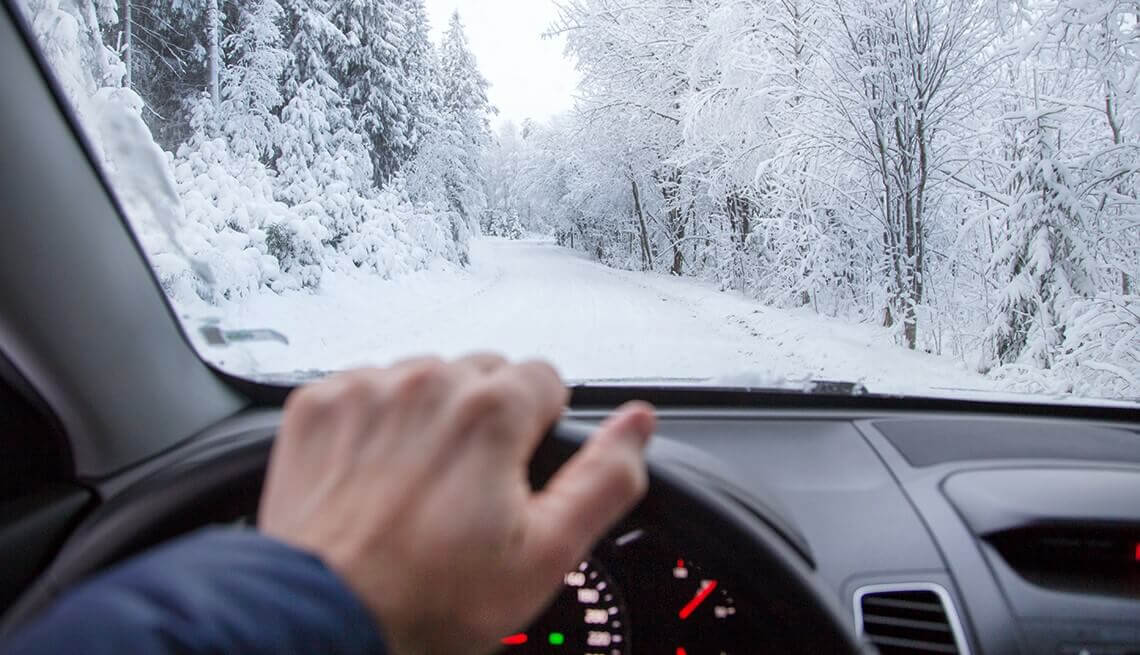


GIPHY App Key not set. Please check settings